Sparking Excitement About STEM Through Exposure to Career Pathways
Ask a child to draw a scientist, and research says they’ll often draw the typical stereotype of a “mad scientist”—– an older, usually white, man, with wild hair, wearing a lab coat and goggles. This mental image perpetuates myths about who can and can’t work in STEM careers. The reality is that anyone can do science. Five educators at the Smithsonian share insights and ideas on inspiring the next generation.
:focal(2941x1272:2942x1273)/https://tf-cmsv2-smithsonianmag-media.s3.amazonaws.com/blogging/featured/STEMin30_1.jpg)
Ask a child to draw a scientist, and research says they will often draw the typical stereotype of a “mad scientist” – an older, usually white, man, with wild hair, wearing a lab coat and goggles. This mental image perpetuates myths about who can and can’t work in Science, Technology, Engineering, and Math (STEM) careers. The reality is that anyone can be a scientist or support the work of scientific institutions, regardless of age, gender, race, personality, or even perceived predisposition. The Smithsonian includes a community of diverse people working in STEM fields and many resources to learn about the wide range of STEM careers available. Read on to hear from five educators from across some of the Smithsonian’s museums and centers about resources to excite and inspire!
Maggy Benson from the National Museum of Natural History shares:
Scientists at the Smithsonian's National Museum of Natural History study everything in the living world, from the deepest depths of the ocean to the farthest reaches of our solar system. Boundless curiosity drives them to explore Earth, the species that depend upon it, the cultures that inhabit it, and the forces that alter it. Their work underpins our understanding of critical issues of our time, from conservation to public health, climate change to food security.
And these scientists have an important message: “Anyone can do science!”
Explore this collection of Scientist Spotlight Videos to encourage your students’ connection to science. Designed to push back on scientist stereotypes, these videos emphasize ways in which students are already connected to and doing science, by making observations about the world around them, asking questions, finding patterns, thinking creatively, and being artistic.
In each video, a Smithsonian science expert shares their personal story of how they became interested in science, the challenges they have faced, and advice they have for students interested in studying science or for those students who don’t feel very “science-y.”
"You never know what is going to happen in your life, and you should always take any opportunity that presents itself. Just to say: Don't worry if you don't feel very “science-y”, but you have an interest now. That will come with time. Just because you're not a scientist right now doesn't mean you can't become one." – Stephanie Bush, Smithsonian Marine Biologist
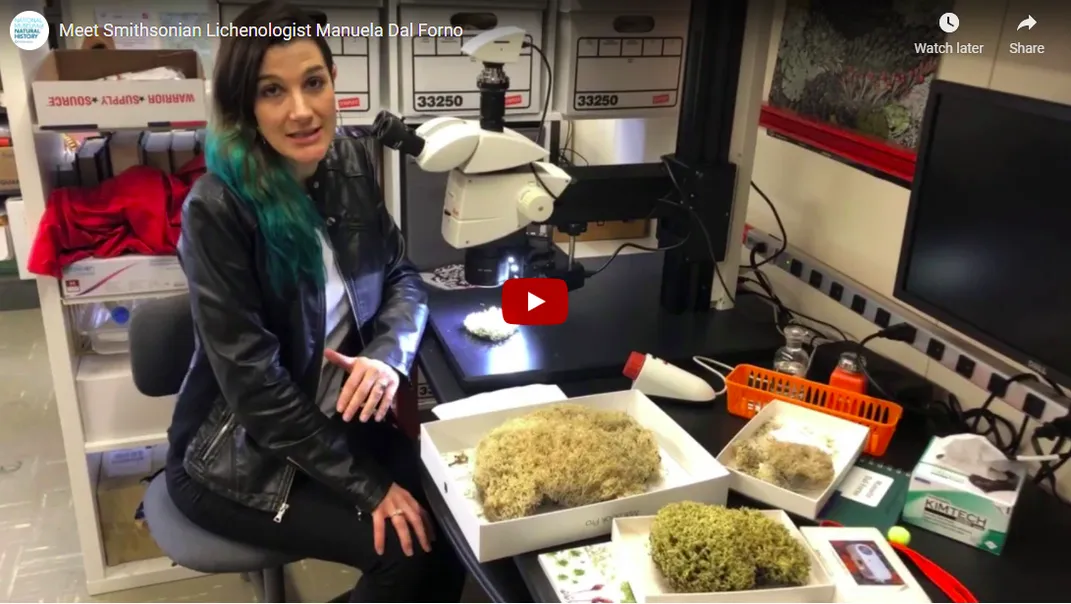
Emma Grahn from the Lemelson Center for the Study of Invention and Innovation, National Museum of American History shares:
If you asked your learners to name an inventor, who would it be? Thomas Edison? Alexander Graham Bell? Or was it astronaut and musician Ellen Ochoa, kid inventor Alexis Lewis, or Lonnie Johnson, inventor of the super soaker? In Spark!Lab, everyone is inventive. We know you don’t have to be a scientist in a white coat, or create the next world changing innovation to be inventive. Have you and your learners ever had a challenge that caused you to think up a creative solution? That action of problem-solving flows from your inventive thinking.
Visitors to the National Museum of American History, and in National Network sites across the country, explore their own inventiveness through hands-on invention activities in Spark!Lab. Incorporating STEM skills with art, history, design, culture, and creativity, Spark!Lab immerses learners in the process and history of invention. On the walls are photos and stories of diverse inventors. Objects from the museum’s collections inspire learners to broaden their idea of invention. They are given the opportunity to flex their inventive muscles through invention challenges. Through the activities, learners experience success, failure, frustration, and inspiration. In Spark!Lab, learners become the inventor and use inventive creativity to reinforce skills and habits of mind needed to succeed in STEAM careers today.
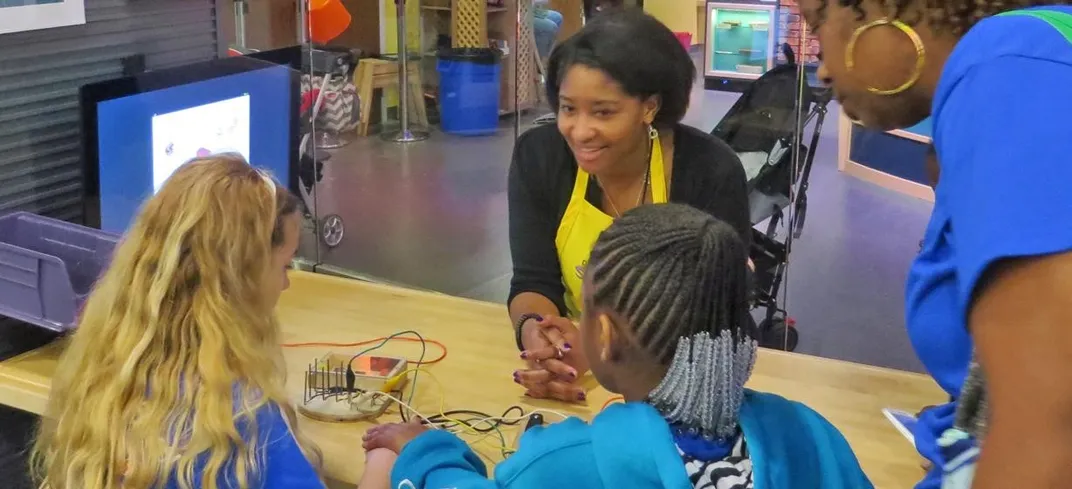
Melissa Rogers from the Smithsonian Science Education Center shares:
Smithsonian Science Education Center is transforming K-12 Education through Science in collaboration with communities across the globe. One way we do this is by developing STEM curriculum, writing stories, and producing digital media for K-12 classrooms that feature STEM and STEM-adjacent careers. Smithsonian Science for Global Goals shares stories of real-world researchers focusing on socio-scientific issues that affect everyone, the Stories of Women in STEM at the Smithsonian e-book highlights STEM career pathways, and Smithsonian Science Stories Literacy Series, available in English and Spanish, introduces elementary readers to STEM-related careers.
For example, Dr. Anish Andheria is a scientist. Anish leads a team in India that tries to find out what causes problems between people and tigers. Anish identifies as a Hindu who is a big brother. He enjoys singing, rescuing snakes, and chemical engineering and loves to make people laugh. Anish is a research mentor for the Smithsonian Science for Global Goals Biodiversity community research guide. This series of guides provides youth around the world, ages 8-17, with the knowledge and skills to understand the world’s most pressing socio-scientific issues and to become agents for change in their own communities. Each guide introduces students to real-world researchers from different STEM fields. These research mentors share an identity map so students see the mentors as whole people and can find shared elements. The mentors share why they care about the issues discussed in the guide and offer advice on how students could research the issue in their own community. Students then use engineering skills to design a solution to the issue locally.
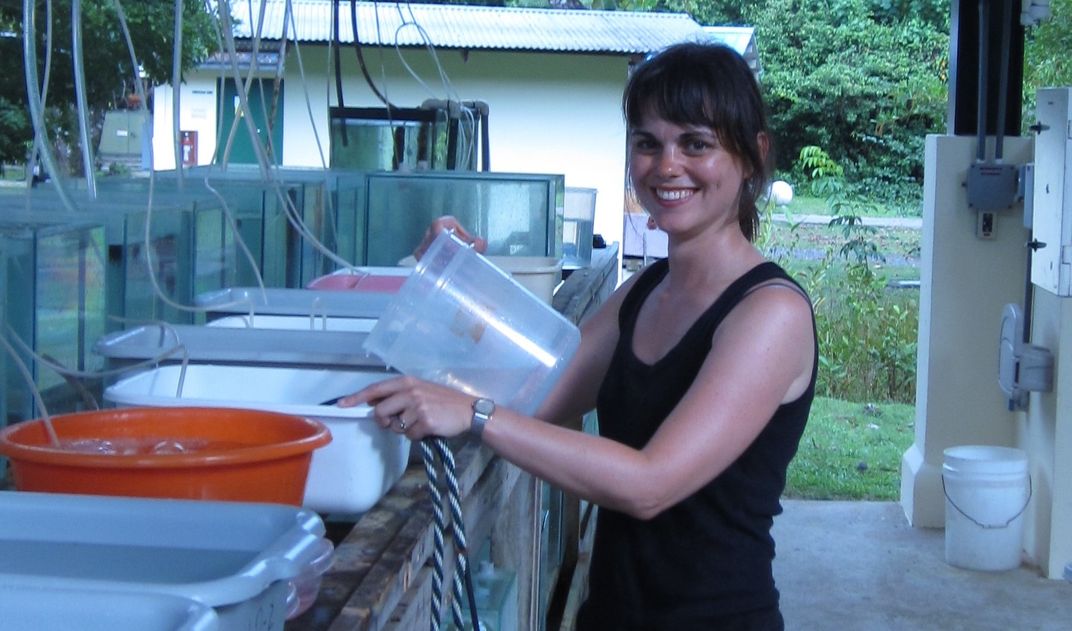
Shellie Pick from the National Zoo and Conservation Biology Insitute shares:
When you imagine zoo careers, you might picture a zookeeper or veterinarian. But what about a web developer, landscape architect, or videographer? In the monthly webinar series, The Wild Side of STEAM, educators from the Smithsonian’s National Zoo and Conservation Biology Institute explore the “unZOOsual” careers in science, technology, engineering, arts and math (STEAM). Each month, we invite a Zoo staff member to introduce their lesser-known STEAM career to students and describe how their job contributes to the Zoo’s conservation mission.
Through coding, Zoo web developers design and maintain the Zoo’s website, attracting millions of visits a year and teaching about our animals. Zoo horticulturists care for the plants in both animal and public areas of the park, ensuring the plants are safe for, and sometimes safe from, the animals. And population biologists play ‘matchmaker’ with many animals to ensure a genetically diverse population. Beyond learning about each unique career, viewers also gain insight into the education paths for each individual, as well as some of the hobbies or interests that could lend themselves to a future STEAM and/or Zoo career. With engaging polls, staff chat experts, and a live question & answer period, students have multiple opportunities to interact with and learn from diverse staff about the variety of careers that help play a crucial role in saving species.
Last school year, we highlighted eight careers at the Zoo, and we are excited to bring the series back in October 2021 to learn about nine more! With a focus on Diversity, Equity, Accessibility, and Inclusion (DEAI), webinars celebrate staff diversity, include live captioning and American Sign Language (ASL) interpretation when requested and are free and available to learners of all ages. There are so many career possibilities in STEAM and we can save species in any job we do!
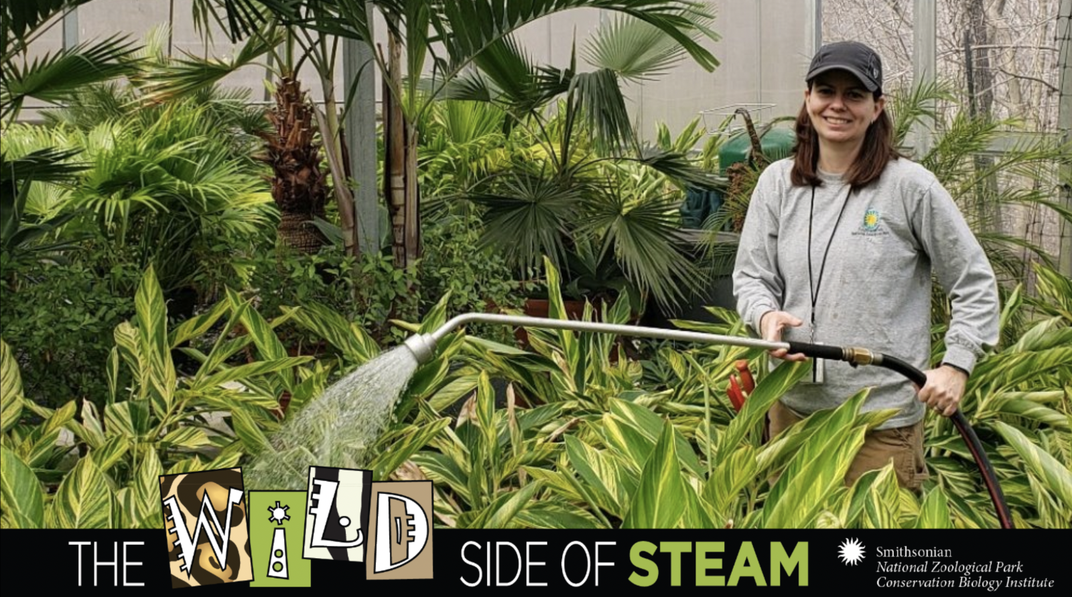
Beth Wilson from the National Air and Space Museum shares:
STEM in 30 is an Emmy-nominated program for middle school students produced by the Smithsonian’s National Air and Space Museum. New episodes are released every month during the school year, followed by an Air and Space Live Chat, where students can tune in live and ask our experts questions. STEM in 30 covers a variety of topics from the Wright Flyer to the International Space Station and all the jobs in between. We’ve looked at all sorts of careers in the aerospace industry ranging from jobs on the water to jobs in space to jobs you may not even have known existed!
We also produce a series called My Path where we ask people who have really cool jobs how they got to where they are. We’ve interviewed astronauts, scientists, and pilots.
Students can join STEM in 30 hosts Marty Kelsey and me as we take them on adventures through the eye of a hurricane, to the Albuquerque International Balloon Fiesta and the world’s largest swimming pool where NASA trains astronauts. You can find STEM in 30, My Path and much, much more on the National Air and Space Museum’s YouTube channel.
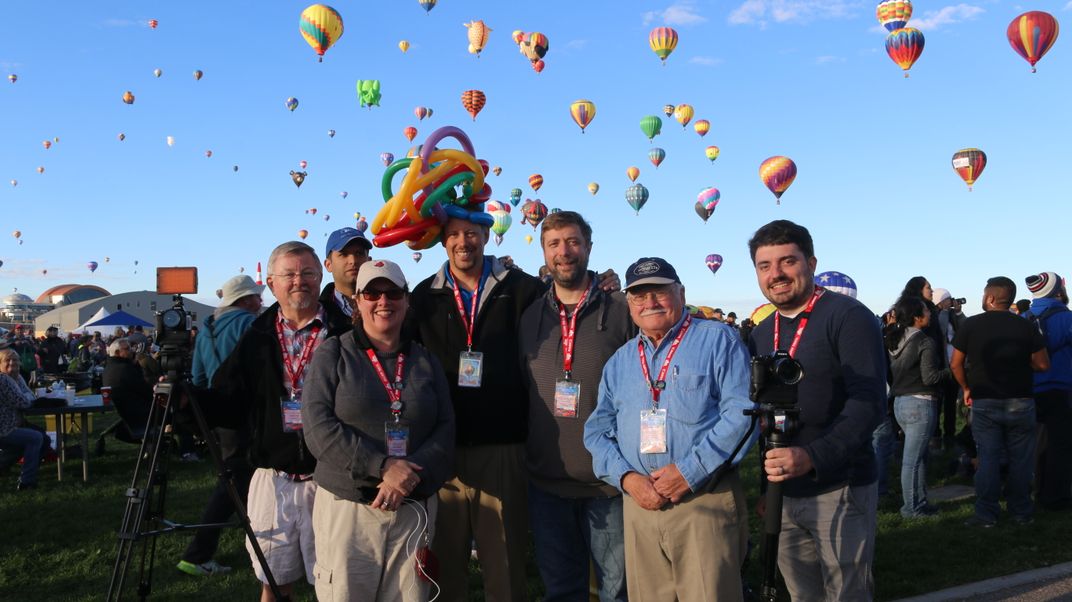
Now that you’ve heard about a few of the many STEM careers out there, you might be wondering why it’s so important to have a variety of people that matches the diversity of those careers. Representation is important because scientists need a wide range of perspectives and will inspire future generations of kids who look like them to follow in their footsteps. Additionally, people in STEM fields need to be well-versed in a variety of disciplines, from humanities to arts to ethics. Scientists don’t work in a bubble—their work directly impacts people and communities in real life. For instance, the Repatriation Office of the National Museum of Natural History, recognizing the importance of cultural artifacts to indigenous groups, uses 3D technology to digitize and preserve these artifacts. STEM should be about authentic, real-world inquiry, and we hope these resources provide a spark for people of all backgrounds and identities to pursue it.
Special thanks to Henry Wu, a 2021 Claudine K. Brown Internship in Education intern, for his contributions to this article.